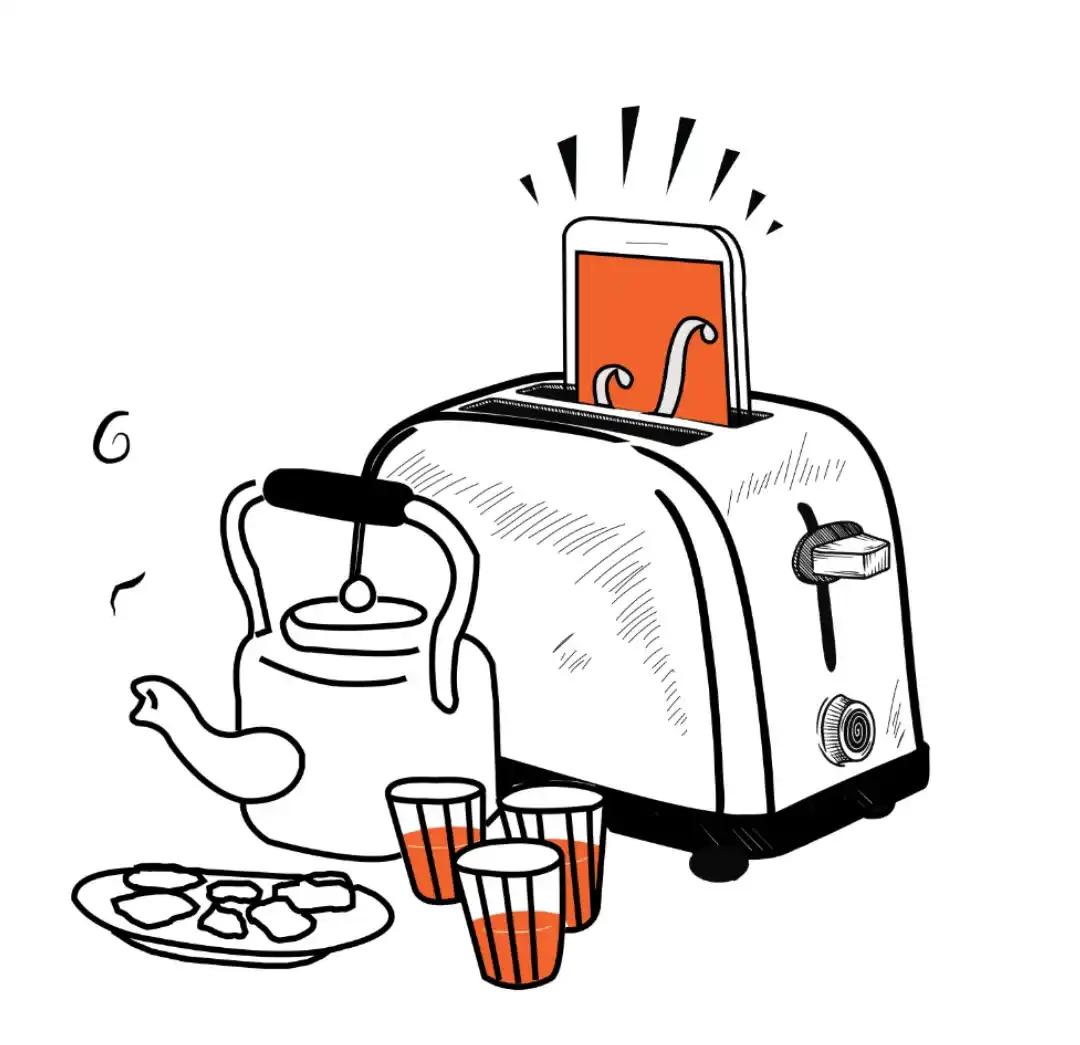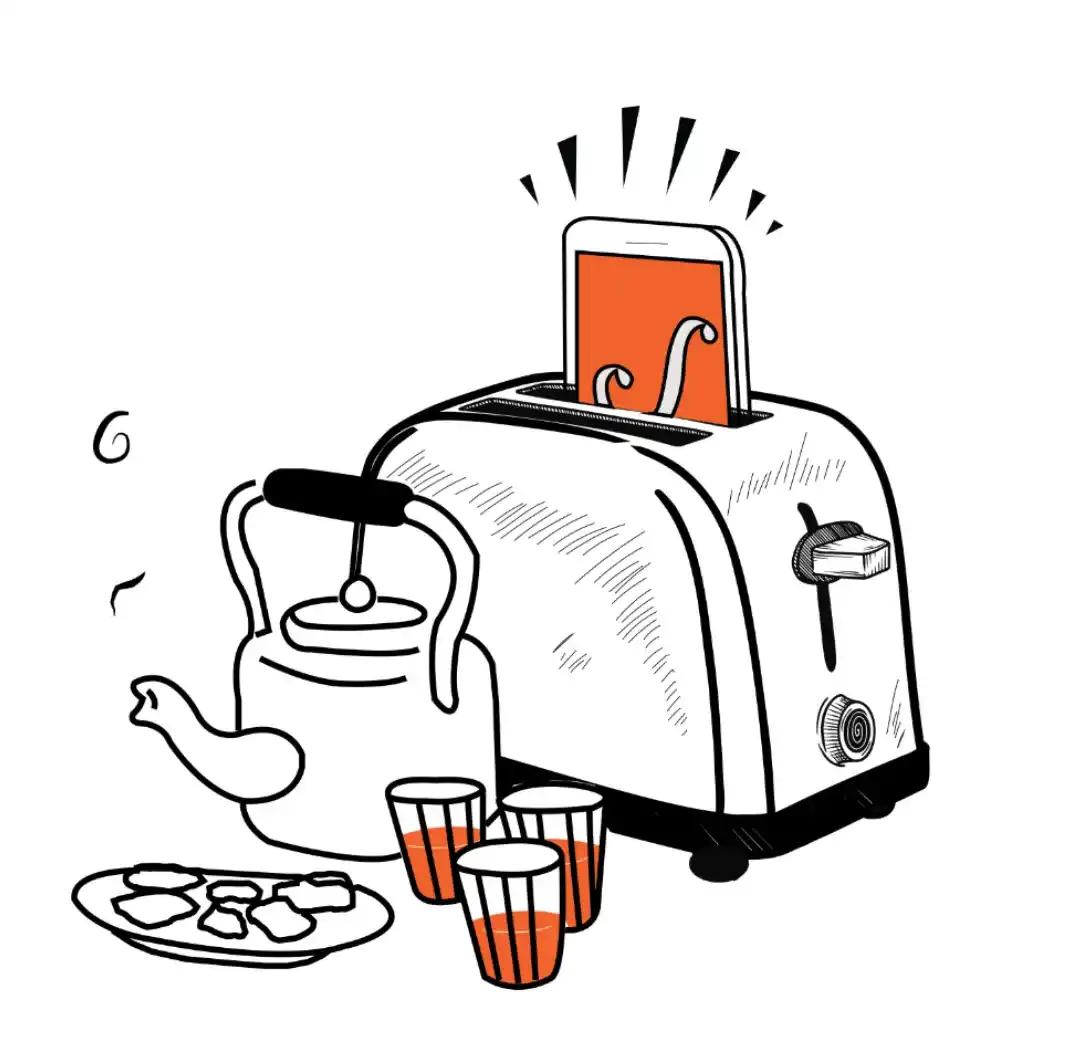
Dear reader,
Around the world, it is now common to use triangular stick figures to signify tribal communities. Often etched in white on red, these figures have their origin in the Warli community of western India. The art form began as a ritualistic practice – most commonly, Warli women would paint a lagn chauk, or wedding square, on the inside walls of the kitchen of a newly-wedded bride.
This changed in the 1970s, when Warli art first caught the attention of the Indian government, and then the world. As it travelled to galleries around the globe, supported by the government, the art found both recognition and a market. With large-scale commercialisation, however, male artists took over – not just from within the community.
This has meant a double erasure for the original custodians of the art – Warli women. In Common Ground today, Nolina Minj writes about them, focusing on the work of a group in Palghar, Maharashtra, which is trying to reclaim the art form for women. Read the story here.
With this story, we are delighted to announce that Nolina has joined the Common Ground team as a staff writer. You can follow her work here.
As always, a request: please do contribute to our Ground Reporting Fund to help us pursue more such underreported stories.
Supriya Sharma
Executive Editor





















Write a comment ...